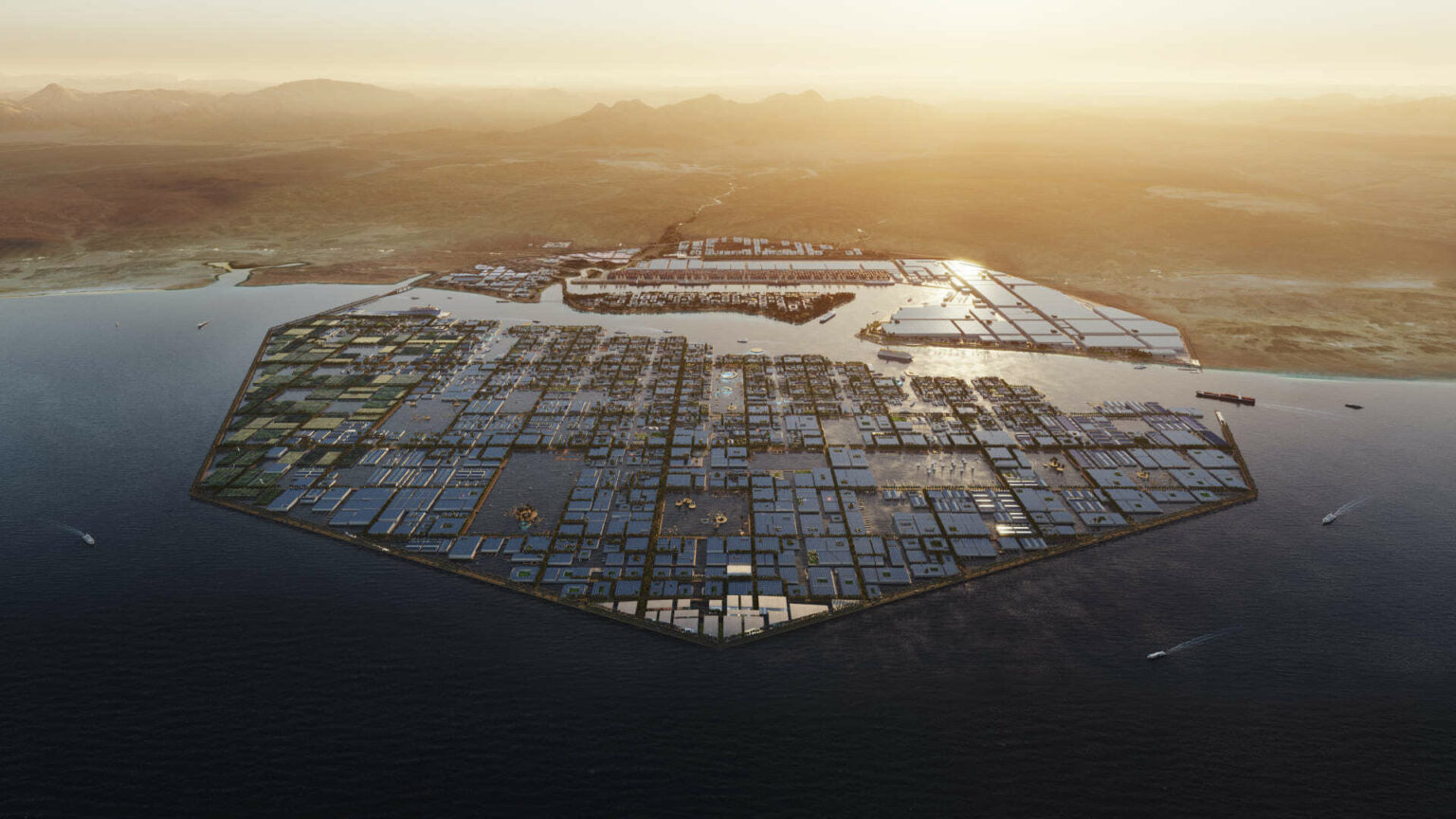The NEOM Green Hydrogen Project in Saudi Arabia, spearheaded by ACWA Power, has garnered significant attention within the hydrogen energy sector. A recent agreement for the supply of 1 GW of solar modules from JinkoSolar underscores the project’s ambitious scale.
NEOM Green Hydrogen Company (NGHC), a joint venture between ACWA Power, Air Products, and NEOM, achieved financial close on its $8.4 billion green hydrogen production facility in 2023. The project aims to integrate up to 4 GW of solar and wind capacity to produce 600 tons of carbon-free hydrogen daily by 2026. The partnership with JinkoSolar and Indian engineering firm Larsen & Toubro is crucial for the renewable energy infrastructure, highlighting the collaborative effort needed for such a large-scale endeavor.
The NEOM project’s goal of 600 tons of hydrogen per day positions it as one of the largest green hydrogen initiatives globally. However, comparing this to other major projects reveals both strengths and potential gaps. For instance, the European Hydrogen Backbone initiative, aiming to produce and transport 20 million tons of hydrogen annually by 2040, sets a higher benchmark in terms of scale and long-term vision.
Saudi Arabia’s broader strategy includes developing green hydrogen production, carbon capture, use and storage (CCUS), and reducing methane emissions by 30% from 2020 levels by 2030. These targets align with the NEOM project’s objectives and contribute to the Kingdom’s goal of 50% renewable energy in production capacity by 2030 and net-zero emissions by 2060. Achieving these milestones would significantly enhance Saudi Arabia’s position in the global green energy market.
The NEOM Green Hydrogen Project represents a significant step towards a more sustainable energy future. Its success could set a precedent for similar projects worldwide, demonstrating the feasibility of integrating large-scale renewable energy sources for hydrogen production.





